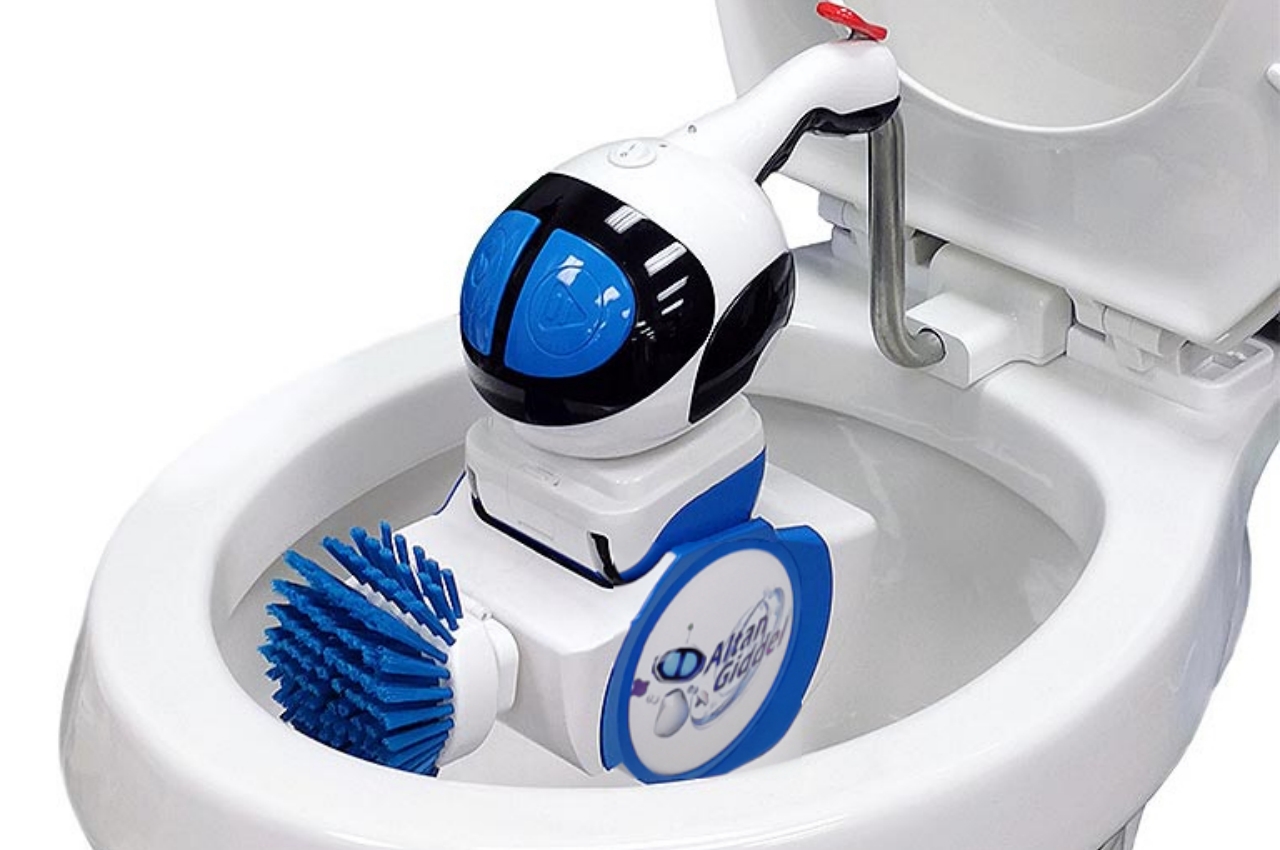#How to Install Google Chrome on Ubuntu Linux

Table of Contents
“#How to Install Google Chrome on Ubuntu Linux”

Google Chrome is the most popular browser in the world. It’s not in Ubuntu’s standard software repositories, however, because it isn’t open-source. You can install Chrome on Ubuntu, however.
Installing Google Chrome Graphically
The Ubuntu apt package manager uses installation packages called “.deb” files. Our first step is to obtain the Google Chrome “.deb” file. Visit the official Google Chrome download page and click the “Download Chrome” button.

Note that there is no 32-bit version of Google Chrome. Select the “64 bit .deb (for Debian/Ubuntu)” option, and then click the “Accept and Install” button. The “.deb” file will be downloaded.

Unless you’ve changed the default location for downloaded files, it will be located in your “Downloads” folder when the download has completed.

Double-click on the “.deb” file. The Ubuntu Software application will launch. It displays the details of the Google Chrome package. Click the “Install” button to start the installation process.

You will be prompted for your password. Enter your password and click the “Authenticate” button.

To start Google Chrome, hit the “Super” key. This is usually between the “Ctrl” and “Alt” keys on the left-hand side of the keyboard. Type “chrome” into the search bar and click on the “Google Chrome” icon that appears—or press Enter.

The first time you start Chrome, you’ll have the chance to make Google Chrome your default browser and decide whether you want to have crash reports and usage statistics forwarded to Google. Make your choices, and then click the “OK” button.

Google Chrome will start. It’s the full desktop version of Google Chrome, and it works just like it does on Windows, Mac, or Chrome OS.

To add Google Chrome to your dock, right-click the Chrome icon in the dock and select the “Add to Favorites” option from the context menu.
Installing Google Chrome with the Command Line
Installing Google Chrome from the command line only takes a couple of commands. We’ll use wget to download the “.deb” file.
wget https://dl.google.com/linux/direct/google-chrome-stable_current_amd64.deb

You’ll see a text-based progress bar and percentage counter as the download progresses.

When the download has completed, use the dpkg command to install Google Chrome from the “.deb” file. Remember that you can use the “Tab” key to expand filenames. If you type the first few letters of the filename and hit the “Tab” key, the rest of the filename will be added for you.
sudo dpkg -i google-chrome-stable_current_amd64.deb

You’ll be prompted for your password, and then the installation will start. It’s very quick, only taking a few moments.

If you see error messages complaining about unmet dependencies, use the next command to force apt to satisfy the dependencies. The computer that this article was researched on was running Ubuntu 21.04. There were no unmet dependencies using this release.
sudo apt -f install
Updating Google Chrome
When a new release of Google Chrome is available, your installation of Chrome will try to update itself. If it cannot succeed, it will display a message telling you that it tried to upgrade but couldn’t.
Note: If you run Ubuntu’s standard Software Updater tool, it will update Google Chrome, along with the other applications on your system. This works because the Software Updater tool checks for updates in all of your system’s configured software repositories—including the Google repository that Chrome adds when you install it.
If you experience a problem with the graphical update process—or if you just prefer the terminal—you can update Google Chrome from the command line.
Google Chrome adds a repository to the list of repositories that the apt command checks when it’s looking for installation files. So, although Ubuntu doesn’t have Google Chrome in any of the standard Ubuntu repositories, you can still use apt to upgrade Chrome.
The command to use is:
sudo apt install google-chrome-stable

This will try to install Google Chrome. The apt command will realize that Chrome is already installed. It will check the version that’s available in the repository and the version installed on your computer. If the version in the repository is newer than the version on your computer, the newer version will be installed for you.
If you run this command shortly after you’ve installed Google Chrome, the version in the repository and the version on your computer will be the same, so nothing will happen.

In this case, apt reports that the version on the computer is already the newest available. No changes are made, and nothing is upgraded or installed.
Google Chrome Everywhere
Ubuntu ships with the Firefox web browser as standard, and there’s nothing wrong with that. Firefox is a great and capable browser—and it’s open-source, too. But perhaps you use Google Chrome on other platforms and want to have the same experience on Ubuntu. The methods described here will get your favorite browser on your Ubuntu computer in next to no time.
If you liked the article, do not forget to share it with your friends. Follow us on Google News too, click on the star and choose us from your favorites.
For forums sites go to Forum.BuradaBiliyorum.Com
If you want to read more like this article, you can visit our Technology category.




